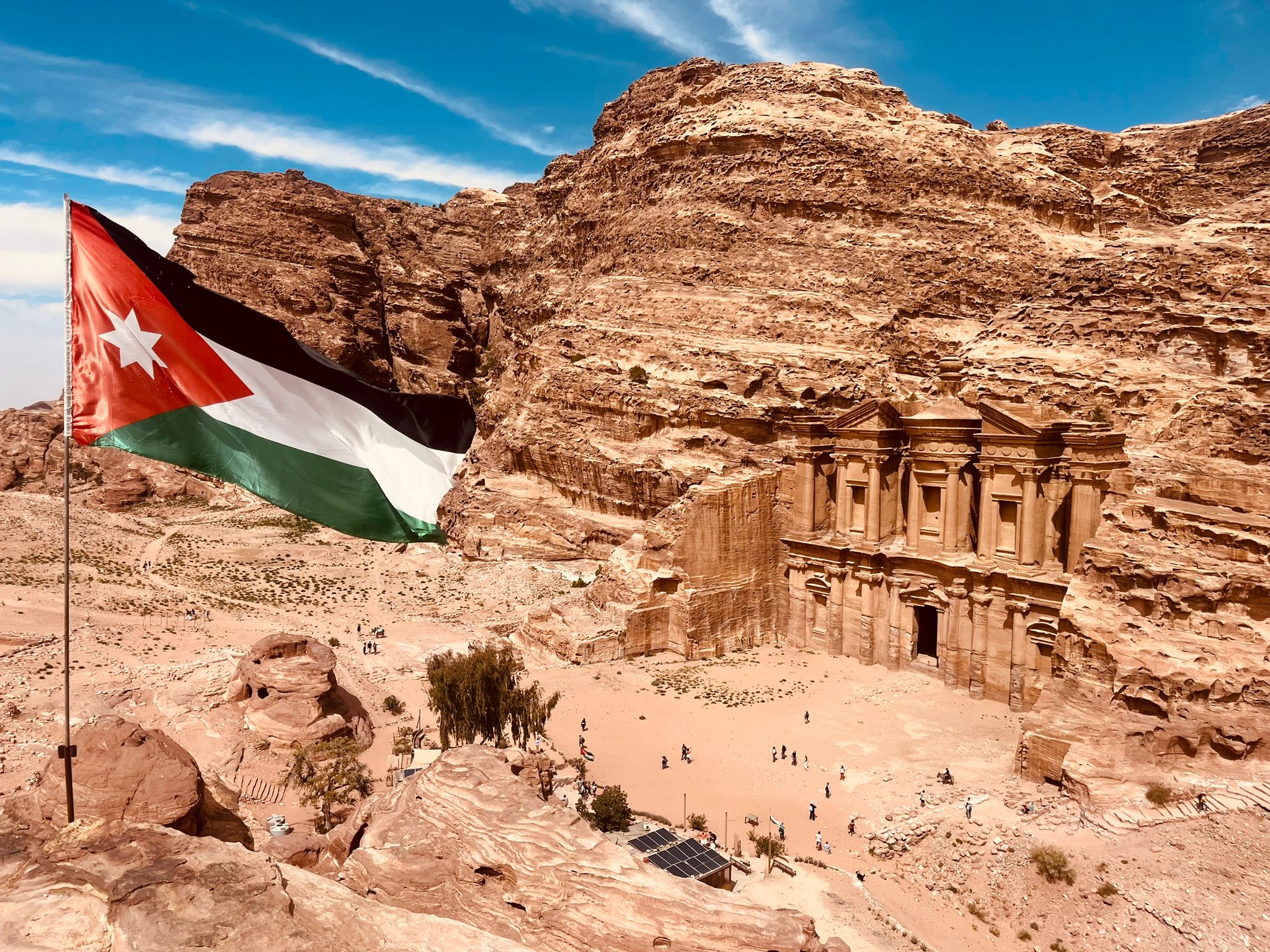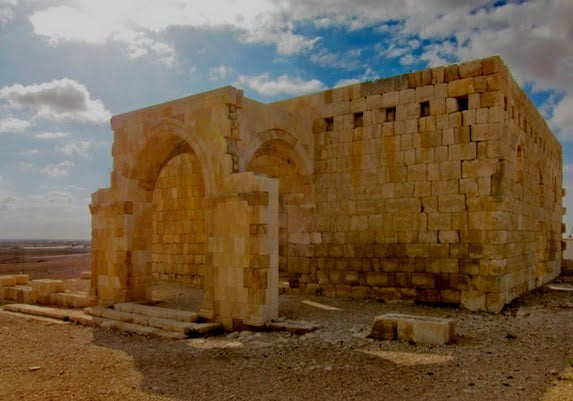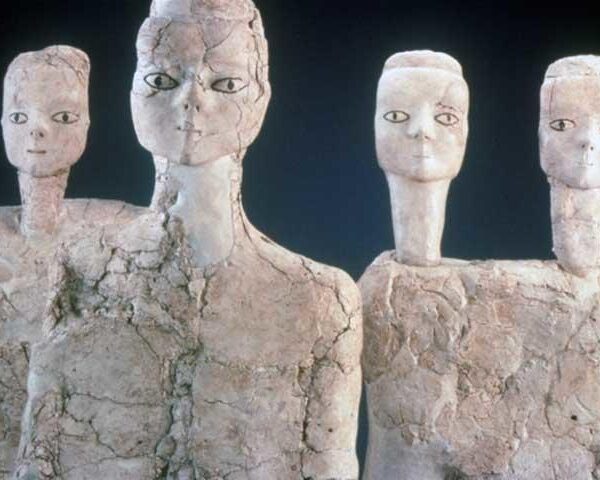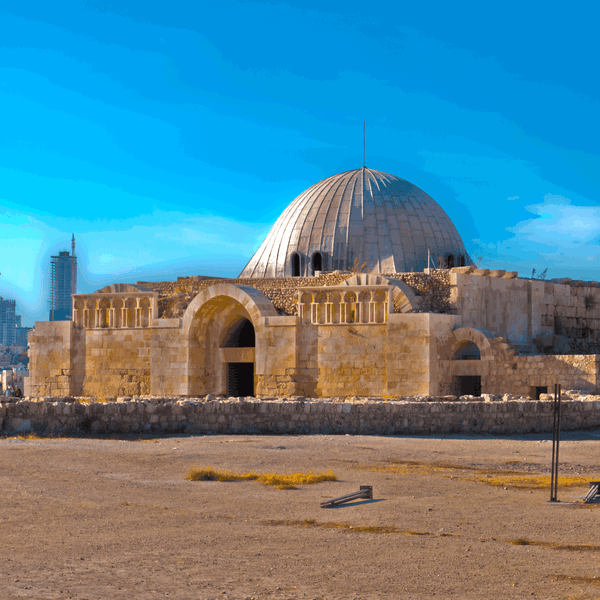Jordan is home to several significant Islamic sites that hold great cultural and historical importance Here are notable Islamic sites in Jordan
King Abdullah I Mosque:
Located in Amman, the King Abdullah I Mosque is a prominent landmark and a significant Islamic site in Jordan. This grand mosque, built in the early 20th century, honors King Abdullah I, the founder of modern Jordan. It features a striking blue dome and can accommodate thousands of worshippers.
Abu Darwish Mosque:
Situated in Amman, the Abu Darwish Mosque is known for its unique architecture. Built in the 1960s, this mosque stands on the highest hill in Amman and offers panoramic views of the city. It has become a popular place of worship and a symbol of Islamic identity in the capital.
Al-Husseini Mosque:
Located in the heart of downtown Amman, the Al-Husseini Mosque is one of the oldest and largest mosques in the city. It holds significant religious and cultural importance and serves as a focal point for Friday prayers and other Islamic religious activities.
Prophet Shuaib Mosque:
Situated in the town of Wadi Musa near the ancient city of Petra, the Prophet Shuaib Mosque is believed to be the burial place of Prophet Shuaib, who is mentioned in the Quran. The mosque attracts both local worshippers and visitors exploring the archaeological wonders of Petra.
Qasr Al-Mushatta:
Located about 30 kilometers southeast of Amman, Qasr Al-Mushatta is a partially restored desert palace from the Umayyad period. It is known for its intricate architectural details, including the ornate decorative panels featuring Islamic geometric patterns and motifs.
Umm Qais:
Situated in the north of Jordan, Umm Qais is an ancient city that holds historical and Islamic significance. It is believed to be the hometown of the Islamic scholar and companion of the Prophet Muhammad, Umm Qais ibn Tha’labah. The city features the remains of a mosque believed to have been built by Umm Qais himself.
Ajloun Castle:
Ajloun Castle, located in the Ajloun Governorate of Jordan, is a medieval Islamic fortress that offers panoramic views of the surrounding countryside. Built by the Ayyubids in the 12th century, the castle served as a defense stronghold and is a testament to Islamic military architecture.
The Great Mosque of As-Salt:
As-Salt, a historic town in Jordan, is home to the Great Mosque of As-Salt. This mosque, originally built during the Ayyubid period in the 14th century, has undergone several renovations over the centuries. It features an impressive minaret and showcases the evolution of Islamic architecture.
Prophet Hud Mosque:
Located in the city of Jerash, the Prophet Hud Mosque is believed to be the burial place of the prophet Hud, who is mentioned in the Quran. The mosque holds religious significance for Muslims and attracts visitors seeking spiritual blessings.
Karak Mosque:
Situated in the city of Al-Karak, the Karak Mosque is one of the oldest mosques in Jordan. It dates back to the early Islamic period and features distinctive architectural elements, including an intricately carved mihrab (prayer niche).
Mosque of the Prophet Muhammad’s Companion:
Located in the town of Al-Karak, this mosque is believed to be the final resting place of Prophet Muhammad’s companion, Zaid ibn Harithah. It holds religious significance and attracts both locals and visitors seeking blessings and spiritual connection.
Maqam Al-Nabi Shu’ayb:
Situated near the city of Ma’an, Maqam Al-Nabi Shu’ayb is a holy site associated with the prophet Shu’ayb. It is believed to be the burial place of Shu’ayb and is considered a site of pilgrimage and prayer for Muslims.
Aisha Um al-Mu’minin Mosque:
Situated in the city of Aqaba, this mosque is dedicated to Aisha bint Abi Bakr, one of Prophet Muhammad’s wives. It is a place of worship and serves as a cultural and religious center for the local Muslim community.
Ayla Mosque:
Ayla Mosque is a beautiful mosque located in the city of Aqaba. With its distinctive Ottoman-inspired architecture, the mosque stands as a prominent landmark in the area. It provides a peaceful place for prayer and reflection for residents and visitors.
Wadi Al-Seer Mosque:
Wadi Al-Seer Mosque, situated in the Wadi Al-Seer area of Amman, is known for its striking green dome and minaret. The mosque serves as a gathering place for local Muslims and showcases the architectural diversity within Jordan.
Talal Bin Abdullah Mosque:
Located in Irbid, the Talal Bin Abdullah Mosque is a modern mosque that bears the name of the late King Talal bin Abdullah. It is known for its grand design, featuring elegant domes and intricate calligraphy.
The Tomb of Ja’far ibn Abi Talib:
Located in the town of Al-Mazar Al-Janubi, this tomb is dedicated to Ja’far ibn Abi Talib, a cousin and companion of Prophet Muhammad. It is considered a place of pilgrimage and prayer, attracting both locals and visitors.
Zarqa Mosque:
Zarqa Mosque, situated in the city of Zarqa, is one of the oldest mosques in Jordan. It holds historical and cultural significance and has undergone several renovations and expansions over the years, reflecting the evolving architectural styles.
The Shrine of Prophet Job:
Located in the town of Ma’in, this shrine is believed to be the burial place of Prophet Job (Ayoub in Arabic). It is considered a sacred site and is visited by Muslims who seek spiritual solace and blessings.
These sites offer further insights into Jordan’s Islamic heritage, providing visitors and locals with opportunities for prayer, reflection, and a deeper understanding of the religious and cultural traditions of the country.










